Catch up on this webinar on food security and the environment, where five expert panellists discuss the industry’s green future
Food and farming has hardly been front and centre in Glasgow this week. COP26 may have delivered promises to end deforestation by 2030, make green tech cheaper, and crack down on methane pollution, but there are few signs of the reforms needed to help tackle the role of food in the climate and biodiversity crises.
To reach net zero by 2050, the UK will have to transform land use, reduce food waste, and cut consumption of the most carbon-intensive foods like meat and dairy, according to the Climate Change Committee.
But if COP26 will not deliver the necessary results, how should we make the transition? The Grocer gathered five panellists to thrash it out.
They are Marci Baranski, programme manager of climate-smart rice projects for the UN Environment Programme; Tim Benton, research director of environment and society programme at Chatham House; Patrick Holden, CEO of the Sustainable Food Trust; Tara McCarthy, CEO of Bord Bia; and Sophie Throup, Morrisons head of agriculture, fisheries & sustainable sourcing.
Patrick Holden: Food pricing is dishonest at the moment. The prices most of us pay in the supermarkets do not reflect the true cost of production and until we ensure the polluter pays and subsidies are redirected so that sustainable farming becomes more profitable, we’re not going to be able to make the shift.
At the moment, we’re not doing that because governments are frightened. They think it will have an inflationary effect on food prices, which it probably will. But we have to grasp that nettle now.
Tara McCarthy: It’s a huge education job needed to help consumers understand food. So much of their relationship with food and the understanding of the supply chain has deteriorated in recent years. When you ask a consumer what’s important to them from a sustainability agenda, they’ll tell you it’s packaging and food waste because they don’t understand emissions. They don’t understand the complexity of it.
Missed the webinar or want to watch it again? Click here to login or Register now
I, for example, understand when you talk about calories. But when you start talking about units of carbon dioxide per unit of production – how many consumers get that in the same simplicity?
Sophie Throup: We’re doing an awful lot of work around net zero agriculture but we don’t want to just go down a one-issue matter. It’s also really important to think about net zero in the context of animal welfare, people welfare, water use, soil and so on.
What are we trying to get across to customers? How are we helping them make informed choices? That is really challenging because there is no one-size-fits-all system to assess those issues.
Marci Baranski: Everyone needs to take responsibility: policymakers, consumers, farmers, supermarkets and all in between. So I certainly wouldn’t want to put all of their responsibility at the hands of the consumers.
Speaking as a social scientist, more education does not always lead to changed behaviours and perhaps educating someone in a certain way, you might think that they will go towards your chosen set of values but I do think it is everyone’s right to have their own values.
Tim Benton: Making our diets healthy and sustainable is not just a matter of nudging people. It’s not a matter of marginal changes here or there. We’ve got to actually reconfigure the whole system to drive it in a direction that’s better for people and better for the planet.
That does have implications around costs and transition. But at the moment, the poorest people have access to the worst diets and the lowest nutritional density. They suffer the worst impacts of poor health from poor diets.
So to say we can’t change food prices because we’ve got to protect those in poverty – what we need to do is deal with poverty so that people can afford to buy the right sorts of diets and get the right sorts of nutrients. But it’s not going to come around by an incremental change in the way we do things.
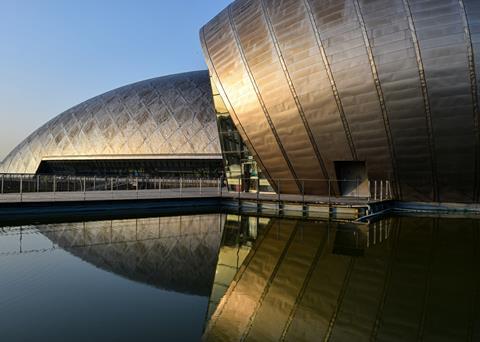
TM: For Sophie, the retailers, foodservice, I believe it’s important to ensure there’s a bias in categories so that you’re helping consumers to choose. Designing promotions, for example, so that they’re not promoting food waste as a result. Educating consumers on what a balanced diet actually means.
Then when presenting in store, probably most importantly, tell them the story of food. Bring the farmer back into the centre of the story so that you’re bringing to life the knowledge, the investments that have been made.
ST: Those are interesting points. We have chosen not to go out with reduction targets in certain meats and dairy because for us, it’s about how we make all food sustainable. How we do our absolute utmost to lower overall environmental impacts for all different types of food?
On education, you’re absolutely right. Customers are so interested. We do a big customer survey once a year and ask what the most important issues are to them when thinking about food in supermarkets.
Number one is always food safety. It has been since we started in 2016. But really interestingly, normally coming in at number two is supporting British farmers. Customers are very interested in how they can support them.
Also within that survey, animal welfare is always within the top five, six or seven [issues]. And we mustn’t lose sight of that. We mustn’t lose consumers by forgetting about those issues that also mean an awful lot to people.
TB: And actually ‘consumers’ who buy things often have very different views from ‘citizens’ who would like the food system to be in a different way. When you’re in the supermarket your choices are constrained and the values you show at the supermarket don’t always reflect what you perhaps deeply feel as a citizen.
And so is the food environment helping you make the right choices? Or is the food environment hindering you from making the right choices? You may recognise that a £3 chicken probably has something not so great about it, but if you’re offered a £3 chicken and a £15 chicken then it takes quite a lot of willpower to say, actually, I’ll go for the £15 chicken because I think I’m doing a greater public good.
This is an edited extract from the Grocer’s webinar: ‘How to Square the Circle Between Food Security and the Environment’.
The Grocer sustainability webinar schedule
- How to Square the Circle Between Food Security and the Environment: Brexit and Covid-19 exposed our food supply’s vulnerability and led to new-found calls for greater self-sufficiency, while the climate crisis is necessitating a rethink of food’s impact on the planet. How can these priorities be combined?
- How to Plan for Net Zero (25 Nov): Food companies everywhere are pledging to reach net zero ahead of the government’s 2050 deadline. So how should you approach the task? What does a good plan look like? How do you balance multiple deadlines among your customers? And does COP26 change things?
- Lessons from COP26 (1 Dec): The climate conference is now halfway withpledges on deforestation and methane already. But what are other the key takehomes for the food and drink industry? This will offer context on the lessons of the conference, and examine the expectations for COP27 next year.







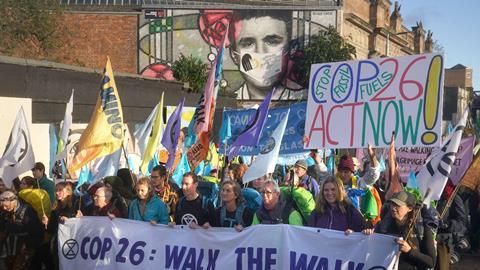
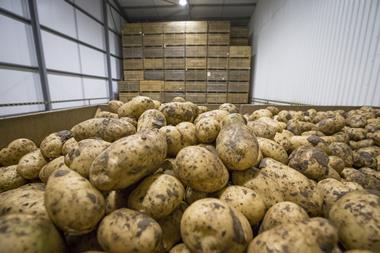
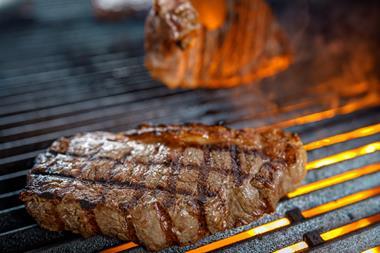
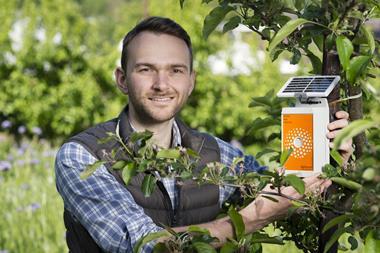
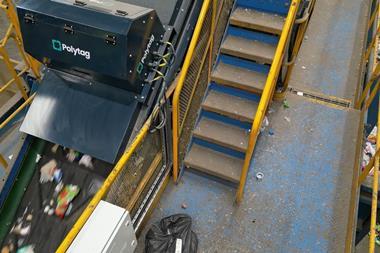








No comments yet